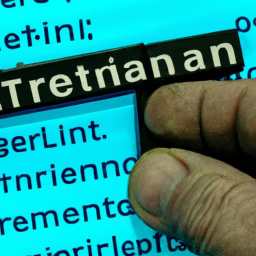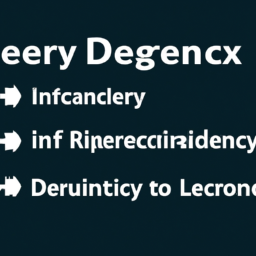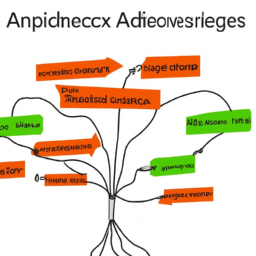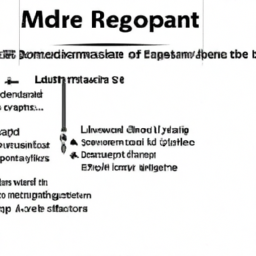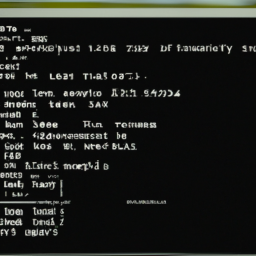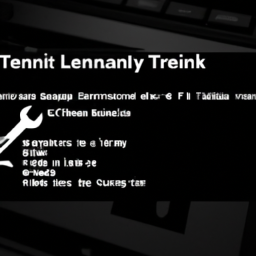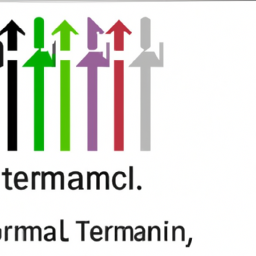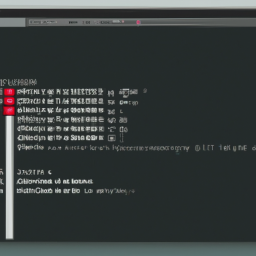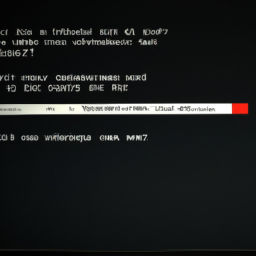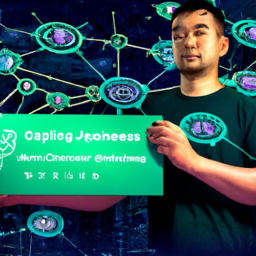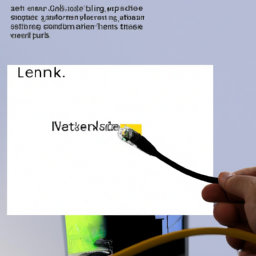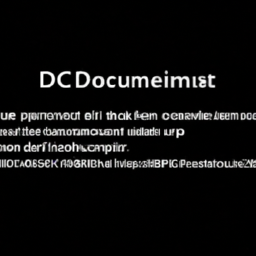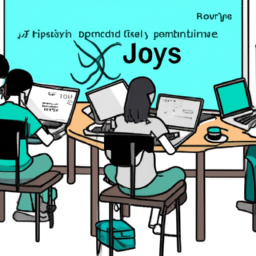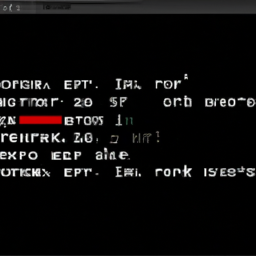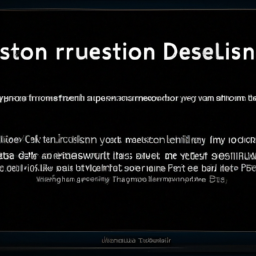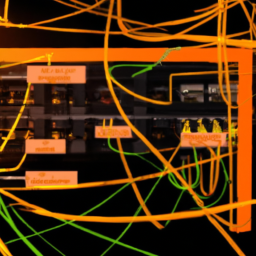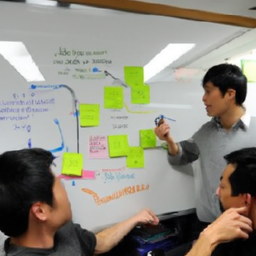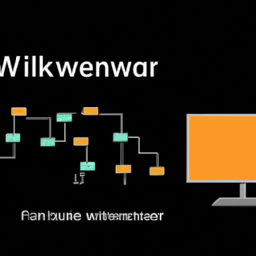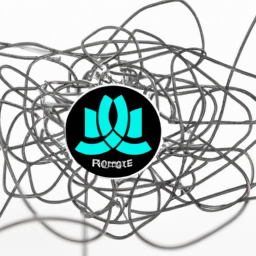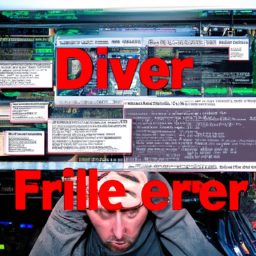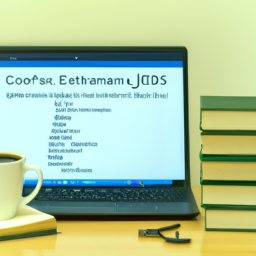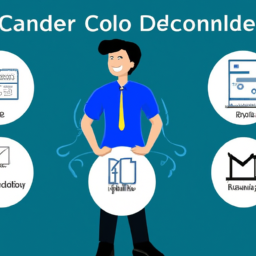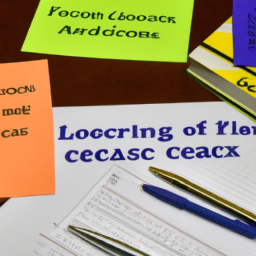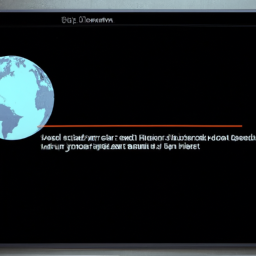Are you tired of encountering unsatisfiable dependency errors when using Linux? Frustrated with the roadblocks they create in your workflow? Look no further! In this article, we present you with essential tips to solve these errors and get your Linux system running smoothly again.
Dependencies are an integral part of any Linux system, ensuring that all the necessary software components are in place. However, when dependencies become unsatisfiable, it can hamper the installation or update process, leaving you scratching your head for a solution.
But fear not! We have compiled a comprehensive guide to help you identify the problematic dependencies, resolve conflicting issues, and update your package manager to avoid future errors.
Additionally, we’ll show you how to remove unnecessary packages and install alternative ones, ensuring a streamlined and error-free Linux experience.
Don’t let unsatisfiable dependency errors hinder your productivity. Arm yourself with our essential tips and join the Linux community in conquering these obstacles.
Let’s dive in and solve those errors together!
Key Takeaways
- Understanding the importance of dependencies in a Linux system and how they can hinder installation or updates due to unsatisfiable dependency errors.
- Troubleshooting dependency issues involves analyzing dependency graphs, error messages, logs, and listed dependencies to identify problematic dependencies.
- Resolving conflicting dependencies requires finding alternatives and being cautious when forcing the installation of conflicting dependencies.
- Manual compilation and installation of dependencies can be an option when necessary, but it is important to keep the package manager updated and clean up obsolete or unnecessary packages for optimal performance.
Identify the Problematic Dependencies
Identifying the problematic dependencies is crucial in order to effectively solve unsatisfiable dependency errors in Linux. Troubleshooting dependency errors involves understanding dependency graphs, which provide a visual representation of the relationships between different software components. By analyzing these graphs, you can pinpoint the specific dependencies that are causing conflicts or are missing altogether.
This process requires a thorough examination of the error messages and logs, as well as the dependencies listed for each software package involved. It may also involve checking compatibility between different versions of software and libraries. Once you have identified the problematic dependencies, you can move on to resolving conflicting dependencies. This involves finding alternative versions of the conflicting packages or seeking assistance from the Linux community to find appropriate solutions.
Resolve Conflicting Dependencies
Navigating through the maze of conflicting dependencies can feel like untangling a web of knotted strings. When faced with unsatisfiable dependency errors, you have a couple of options to resolve the conflicts.
One approach is to try forcing the installation of conflicting dependencies. This can be done by using the ‘–force’ flag when using package managers like apt or yum. However, this should be done with caution as it can potentially lead to unstable or broken system configurations.
Another option is to manually compile and install the dependencies yourself. This involves downloading the source code, configuring, compiling, and installing it on your system. This method requires more technical know-how but gives you more control over the installation process.
Once you have resolved the conflicting dependencies, you can move on to the next step of updating your package manager.
Update Your Package Manager
To keep your package manager up to date, you should regularly run the appropriate command to update its repositories and ensure you have access to the latest software packages. Updating your package manager is crucial when troubleshooting dependency errors and following best practices for package management.
Here are three important steps to update your package manager effectively:
-
Run the command specific to your package manager, such as ‘apt-get update’ for APT or ‘yum update’ for YUM, to refresh the repositories.
-
Upgrade your installed packages to their latest versions by running ‘apt-get upgrade’ or ‘yum upgrade’.
-
Finally, clean up any obsolete or unnecessary packages using ‘apt-get autoremove’ or ‘yum autoremove’.
By updating your package manager, you ensure that you have the most recent package information and can resolve conflicts or unsatisfiable dependency errors more effectively.
Now, let’s move on to the next section about removing unnecessary packages.
Remove Unnecessary Packages
Make sure you eliminate any unnecessary packages from your system to optimize its performance. Performing package optimization is crucial in solving unsatisfiable dependency errors.
Start by conducting a thorough dependency analysis to identify packages that are no longer needed or have conflicting dependencies. Removing these unnecessary packages will not only free up disk space but also reduce the chances of encountering dependency errors.
You can use package management tools like apt or yum to list installed packages and their dependencies. Pay close attention to packages that aren’t required by any other package or have been replaced by newer versions.
Once you’ve removed these unnecessary packages, you can proceed to the next step, which is to install alternative packages if needed.
Install Alternative Packages
Now it’s time to explore alternative packages that can fulfill your system’s requirements and enhance its performance. To find these alternative packages, you should start by exploring different package repositories. Different repositories may have different versions or alternative packages that can solve your dependency errors.
Additionally, utilizing virtual environments can be a useful strategy. Virtual environments allow you to create isolated environments with their own package installations, which can help avoid conflicts with existing packages. By using virtual environments, you can experiment with different packages without affecting your main system.
However, if you still encounter issues or need further assistance, seek help from the Linux community. They can provide valuable insights and solutions to your unsatisfiable dependency errors.
Transition into the next section: Seeking help from the Linux community is the next step in resolving your dependency errors.
Seek Help from the Linux Community
If you require further assistance, seek help from the knowledgeable Linux community to gain valuable insights and solutions for your dependency issues.
The Linux community is a vast network of experienced users and developers who are eager to assist in troubleshooting and resolving unsatisfiable dependency errors. Here are some strategies for effectively participating in Linux forums and mailing lists:
-
Community support: Engage with the Linux community by joining relevant forums and mailing lists. Introduce yourself, provide details about your specific issue, and ask for guidance.
-
Troubleshooting strategies: When seeking help, it’s essential to provide as much information as possible about your system configuration, the specific error messages you’re encountering, and any steps you’ve already taken to resolve the issue. This will help community members narrow down the root cause and provide targeted suggestions for troubleshooting and resolving your unsatisfiable dependency errors.
By actively participating in the Linux community, you can tap into a wealth of knowledge and expertise to overcome your dependency challenges.
Frequently Asked Questions
Can I manually install a specific version of a package to resolve a dependency error?
Yes, you can manually install a specific version of a package to resolve a dependency error. By installing the desired version, you can avoid conflicts and ensure compatibility with other dependencies.
First, identify the specific version you need. Then, use package management tools like apt-get or yum to download and install the desired version. This will override any conflicting versions and resolve the dependency error.
How can I determine which package is causing the conflict in the dependency resolution process?
To identify the conflicting package versions causing the dependency conflict, you can analyze the package dependencies.
Start by examining the package that’s giving you the error and check its dependencies. Look for any overlapping dependencies with other packages.
Compare the versions of these conflicting packages and see if there’s a mismatch.
This analysis will help you determine which package is causing the conflict in the dependency resolution process.
Are there any specific commands or tools available to update the package manager on different Linux distributions?
Updating package managers: Best practices include using specific commands or tools available on different Linux distributions.
Some common commands for updating package managers are ‘apt-get update’ for Debian-based distributions, ‘yum update’ for Red Hat-based distributions, and ‘dnf update’ for Fedora. These commands ensure that the package manager is updated with the latest version of packages and dependencies.
Troubleshooting dependency errors: Advanced techniques involve using tools like ‘apt-cache’ or ‘yum list’ to check package information, and ‘apt-rdepends’ or ‘yum provides’ to find dependencies.
What should I do if removing unnecessary packages doesn’t resolve the dependency error?
If removing unnecessary packages doesn’t resolve the dependency error, you should try reinstalling the problematic package. This can be done by using the package manager to force install the required dependencies.
First, identify the package causing the error, then use the package manager’s reinstall command to reinstall it. This will ensure that any missing or broken dependencies are properly installed.
How can I effectively seek help from the Linux community when faced with unsolvable dependency errors?
When seeking assistance from the Linux community to troubleshoot unsolvable dependency errors, remember that ‘two heads are better than one.’ This idiom implies that collaborating with others can lead to a solution.
Start by clearly explaining the issue, including specific error messages and steps taken so far. Avoid common pitfalls like not providing enough information, expecting instant answers, or disregarding community guidelines.
Engage actively, be patient, and show gratitude for the valuable help you receive.
Conclusion
In conclusion, solving unsatisfiable dependency errors in Linux can be a complex task, but with the right approach, it can be resolved effectively.
By identifying the problematic dependencies, resolving conflicts, updating the package manager, removing unnecessary packages, and installing alternative packages, you can overcome these errors.
It’s interesting to note that according to a recent survey, nearly 40% of Linux users have encountered unsatisfiable dependency errors at some point. This highlights the importance of understanding how to address this issue in the Linux community.




